I went to Hawaii in search of Hawaiian chocolate. I had no idea it would be so difficult to figure out exactly what that is!
Most everyone knows (and has likely tasted) the Chocolate Covered Macadamias made by Hawaiian Host. The traditional chocolate-nut treat has been around since the 1920’s, and Hawaii Host continues to add to its product line including the newly-added chocolate macadamia nut truffles. But for the most part, Hawaiian Host products are chocolate confections and not handcrafted artisanal chocolate.

The Waialua Estate Chocolate (owned by the Dole Food Company) is made from cocoa beans grown on the island of Oahu, but the finished chocolate is actually made in California by the Guittard Chocolate company and then packaged and sold as their Hawaiian Chocolate line of premium bars. I know that they do have plans to eventually process the chocolate in Hawaii, but for now, most of the beans are being shipped 2,393 miles from Honolulu to San Francisco and then distributed from there. I’ve also learned that some of Waialua Estate’s beans are sold to Big Island Candies of Hilo and are used to coat their delicious chocolate-covered macadamia nuts, and also to Kokolani Chocolates of Kailua, Oahu, for their all-local Kokolava.
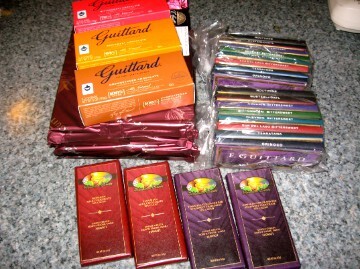
a taste of Hawaiian handcrafted chocolate
The Original Hawaiian Chocolate (OHC) Factory near Kona, Hawaii, was the first company to grow cacao trees and make Hawaiian chocolate from the cocoa produced from them. Every step of the process is done at the same location. It is a small tree to bean to bar chocolate factory run by its owners with a limited amount of help. I’ll talk more about OHC when I post about our time on the Big Island.

Madre and Manoa are two excellent chocolate makers on the island of Oahu who would like to be using Hawaiian cocoa beans to make their chocolate, but can’t get enough of it to meet demand. So they use beans from around the world. Manoa’s labelling doesn’t tell you the origin of their 60% chocolate. Madre does give you partial information on the label, but it is confusing. Its delicious award-winning Triple Cacao bar is made from cocoa grown in the Dominican Republic, cacao pulp from Brazil, and Mexican vanilla. It is “made in” Hawaii, but the ingredients are not. Same goes for Kokolani Chocolates, where excellent Hawaiian chocolate novelties are made with French-made couverture and Hawaiian flavour enhancements.

So there we have three completely different scenarios in which each is being marketed as “Hawaiian handcrafted chocolate”:
1) Pure chocolate that is made from cacao/cocoa grown in Hawaii and is manufactured and processed on the same site as where the trees are grown. You can’t get any more Hawaiian than that, unless the chocolate was being made by Hawaiian-born individuals. It currently is not.
2) Pure chocolate that is made from cocoa grown in Hawaii, but made into chocolate outside the state in a large factory.
3) Pure chocolate that is not made from Hawaiian-grown cocoa, but is handcrafted in Hawaii. And chocolate creations that may or may not be made from Hawaii-grown cocoa, but are made in Hawaii using exclusively Hawaii-grown flavour enhancements such as fresh pineapple, macadamia nuts, Hawaiian sea salt, lavender or the like.
Is one any more or less Hawaiian than the other? Before we get too snooty about “origin of chocolate,” we’ve got to think back to European chocolate where the origin of the beans was not the key factor that distinguished one country’s chocolate from the other as most (if not all) were using the same cocoa beans from West Africa. It was the technique and style that differentiated Belgian chocolate from Swiss, French, Dutch chocolate and others.
With consumer tastes changing, and more of us preferring pure single origin chocolate as opposed to highly-processed chocolate made from blended or bulk beans, the world of chocolate is changing, and we now demand to know where the cocoa used to make our chocolate is grown, just as we prefer to know where the grapes in the wine or beans in the coffee we drink are from.
The difference for me, was that I knew I was going to a cacao-growing region when I went to Hawaii. So I assumed that the chocolate I would be eating there was of local origin and it is not. That is expected to change over time, as the Hawaiian cacao industry is new at just 10 years old. But for now, if you go on a chocolate travel excursion to Hawaii, be sure to ask questions, read the label, and consult the next volume of Chocolatour in which Hawaii will be prominently featured.
Have you been to Hawaii and enjoyed some of their locally grown chocolate and cacao? It has a beautiful flavour that you will long remember.
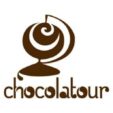

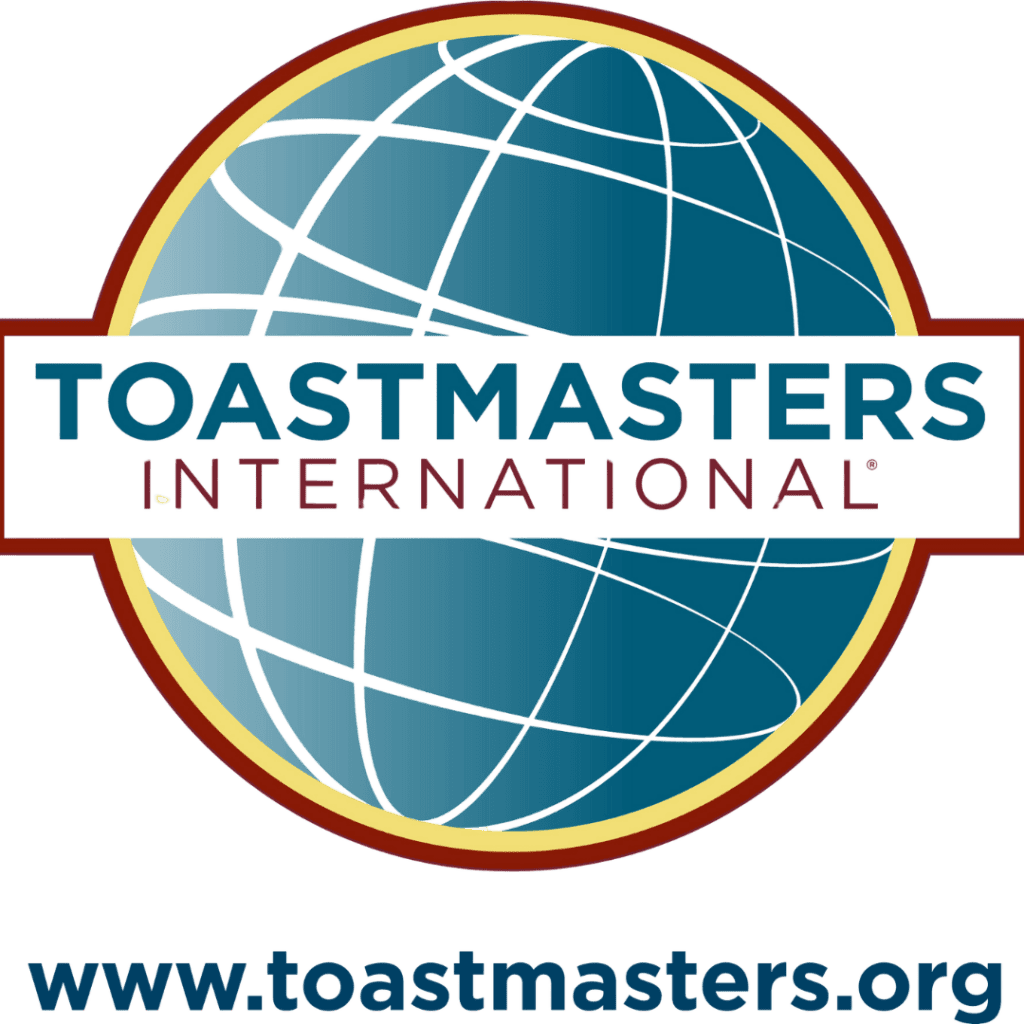

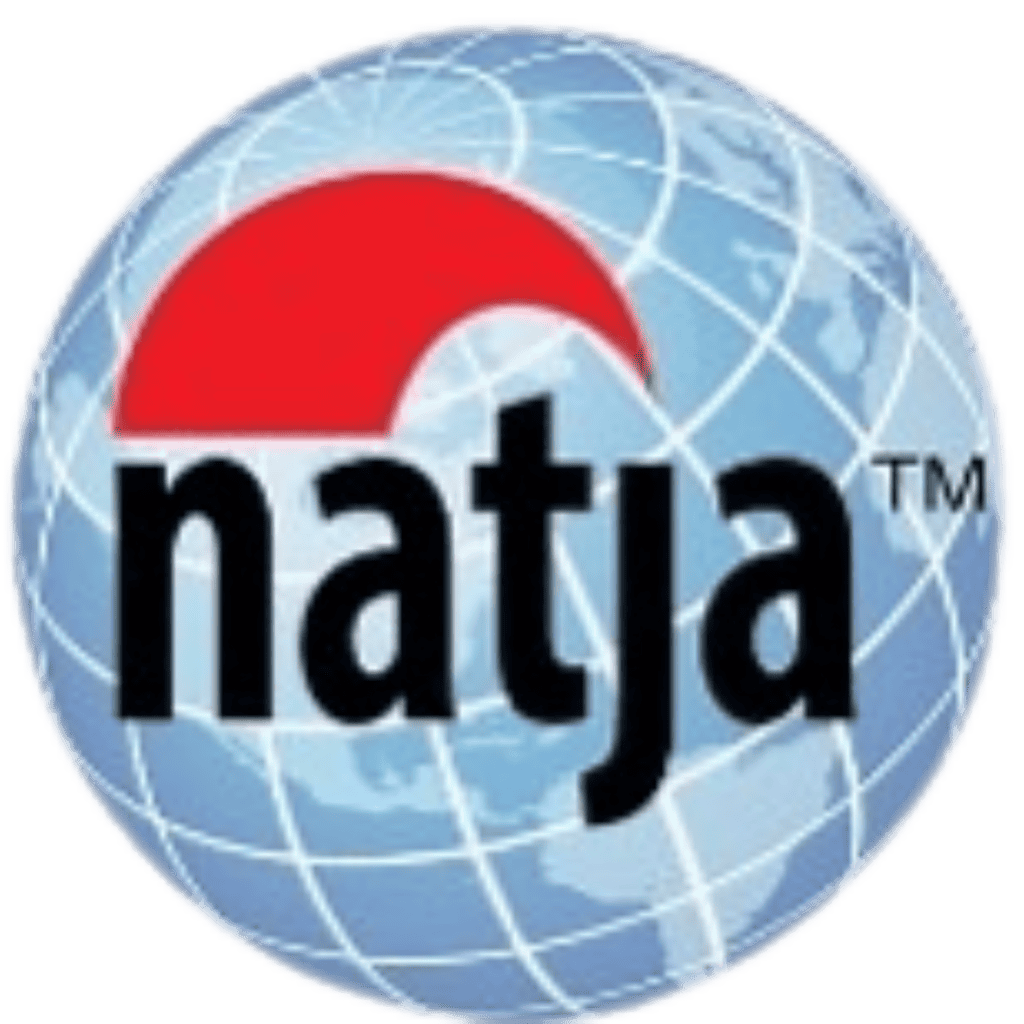


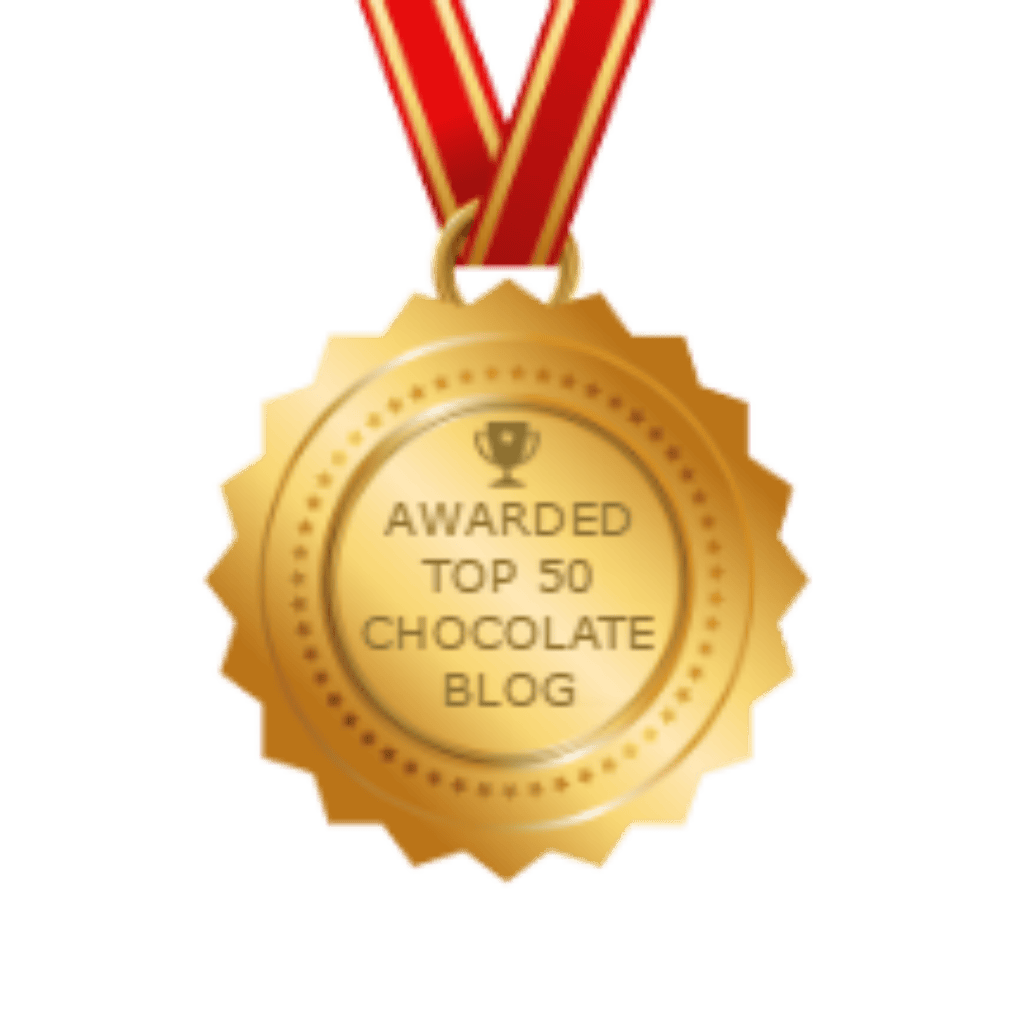
Nothing goes as well with chocolate than wine, BUT a close second is coffee. Or better yet a high quality coffee bean that has strong chocolate notes. Now you’re talking. Take a look at Costa Rican coffee beans, which are smooth as silk AND has strong chocolate notes.
I totally agree with you, Russell. I love coffee with chocolate and also with Roiboos tea. Yes, Costa Rica not only has great coffee, but also great cacao which is transformed into amazing craft chocolate by local Costa Rican chocolate makers and chocolatiers. Thx for stopping by my site. And do search the site for posts on Costa Rica. You will find quite a few!
I am regular reader, how are you everybody? This post posted at this website is really nice.|
My hubby and I simply need to advise you the fact that I am certain newbie to blogging and absolutely adored your site. Most likely I am prone to remember your site post . You undoubtedly have impressive texte content. Be Thankful For it for swapping with our company your website write-up.
If you are interested in exploring the world of Hawaiian chocolate with me, please join us on a small-group Chocolatour to Hawaii in October to celebrate Hawaii Chocolate and Cocoa Month. Details at https://chocolatour.net/chocolatour-to-hawaii.
By the way, if you would like to contribute a guest post on best chocolate in the world, let me know :). I’m a chocolate addict ! 🙂
I would love to try some Hawaiian chocolate, especially after knowing that it is made from cocoa beans grown on the island of Oahu! 🙂
Right on, Agness! Tasting chocolate made from beans grown in different parts of the world really opens up a whole new opportunity for our taste buds to stretch themselves and taste the nuances. It’s an amazing world that I’ve fund myself in. And yes, I’ll be happy to spread my chocolate luv with your readers. Will be in touch!
If you want to try the best chocolates, the SWISS Imported Chocolates online shop has the world’s largest selection of imported chocolates with 100% Free Shipping Worldwide!
SWISS Imported Chocolates
http://www.swissimportedchocolates.com
100% FREE Worldwide Shipping!
Swiss Chocolate definitely is very good, but I wouldn’t call it the best.
And what I am trying to do with this blog, my chocolate presentations, and in my book ‘Chocolatour’ is to invite chocolate lovers to seek out chocolate at the source of origin. Chocolate made and eaten where the cacao is grown produces intense flavour like no other. That’s why chocolate travel is the new niche and a must for serious chocolate lovers.
So glad you related ‘reading the label’ to chocolate. So many do not pay any attention to labels and they really should. You really don’t know what you are eating unless you read the label. I found this very interesting in relation to chocolate.
Thanks for your comment, Cheryl. Yes, I’m a firm believer in reading labels of all sorts. Here’s an interesting tidbit aside form chocolate. We bought a delicious tray of coffee cake slices from Costco a few months ago. I’d brought them to an event and then put the remainder in our garage fridge and kind of forgot about them. I was cleaning out that fridge this morn and took out the tray to find that none of the cakes had molded! Now, if that was fresh baking with only pure and natural ingredients, you can bet there would have been mold. Instead, the cakes were hard and dried out, but looked perfect. Kind of makes you wonder, doesn’t it???
Wow. Now I’m craving for some Hawaiian chocolate.
How interesting, Doreen. Have to admit I have never to my knowledge tried Hawaiian chocolate. Reading about all the varieties made me crave chocolate. Thank God I had some at home:-)
I can definitely relate to wanting to know where the grapes in the wine come from and now have a much better understanding of the chocolate making industry. Looking forward to your next post as your explore each of the chocolate companies in more depth and hopefully tell us which brand is your personal favorite!
Hi Susan. Yes, I’m sure you can relate to the importance of style and technique in making the best wine possible with any chosen grapes. Same goes for chocolate! As much as the beans themselves are important, the treatment of the beans and exactly what is done with them after that will be the deciding factors in the irresistibility of the finished chocolate. Yes, I ‘ll have a few recommendations for you in the next post. 🙂
Hawaii is one of the worst places in the world for marketing imported products as there own. Not just food, but all those souvenirs as well.
The good thing is that Hawaii is pretty awesome otherwise!
Hi Michael and thanks for your comment.
The point I wanted to make is that the quality of the chocolate being produced in Hawaii is generally quite good. So it’s Hawaiian-made, just not Hawaiian grown. To most people, that probably wouldn’t matter, but it is definitely important to me and my research. Cheers!
So you manage to make me drool over my breakfast coffee on two counts – Hawaii AND chocolate in one post! Oh my!
Seriously, great job. There is so much that the world should know about how what they put in their stomachs is harvested/made/transported, and in the case of chocolate so many are still exploited in some countries. We need to be more aware of what goes into what we buy.
Right on, Linda! That is precisely why I’ve written Chocolatour, and am now working on volume II. I think people really ARE interested in where their food comes from, how it’s made, and where they can go to find the best of it. Cheers, and thanks for your comment.
I’ve learned so much from your stories. I’m going to start looking at the labels from now on. Although I don’t think my grandkids will care what was on the label, when they bite the ears off the chocolate bunnies in their Easter baskets.
Hi Neva: It really is important to read the labels on what we are putting on and into our bodies.
It’s also a good idea to slowly introduce children to better quality treats. It’s much better for them to have a small, good quality chocolate bunny, than a massive one that is primarily comprised of sugar and additives. If the 1st ingredient in anything is sugar, don’t buy it!
My mouth is watering and I would definitely not get snooty if offered ANY of these choices. I would love to try all of them and I would bet the ranch that I would love them all!
Hi Michelle and thanks for your comment. I’ll bet you’d like them all, too! I was very impressed with the quality of the chocolate I tasted while in Hawaii. Stay tuned for more!
Very interesting! I will be visiting Kauai soon, so will be asking questions when I meet chocolate. 🙂
Hi Carole: Unfortunately, I haven’t tasted any chocolate from Kauai. But do check out the Kauai Chocolate company if you get a chance, and you can take a cacao tour at the Steelgrass Farm as well. Google them and enjoy!
What an illuminating post. Hope I’ll have the opportunity to do a taste test!
Aaahhh! CHOCOLATE! I enjoyed this post and thought your information about the origins of “Hawaiian” chocolates was really interesting. The packaging and/or labeling may or may not be intentionally deceptive but the contents inside are divine!
Welcome to the blog, Anita! We talk about chocolate A LOT here! Chocolate travel is my niche. I hope you’ll subscribe and stick around for some very sumptuous travels …
I had the pleasure of meeting Doreen in Honolulu at the Hawaii Chocolate Festival held in February. I attended her hour long talk about chocolate. One might wonder what needed to be said about chocolate that would take an entire hour, but Doreen’s enthusiasm for and broad knowledge about chocolate will soon make you realize that someone needs to write a book about it——and she has! I bought Volume #1.
Right on, Suzanne! I’m so glad to have met you and am glad that some of my enthusiasm for the world of chocolate is rubbing off on you. It is such a deliciously decadent world …
I don’t know that it really matters where the cacao comes from – its what they do with it. We have some awesome chocolate made in Nz – but cacao doesn’t grow here.
Hi Lis: That is the feelings of some people.
And yet others, who are immersed in the world of chocolate really put the emphasis on the place of origin of the beans. Of course, the ultimate end product is the key, but if you start the chocolate-making process with the very best beans, your chances of producing great chocolate escalate significantly.
mmmm….. chocolate! I’m always amazed that something so wonderfully delicious comes from such am ugly looking plant/pod. We have two really good chocolate houses here in southern Oregon, Dagoba and Lillie Belle Farms, both are outstanding. Interesting post, only now I’m craving chocolate!
Hi Patti and thx for your comment. That’s the idea! My content (book, blogs, and articles) is designed to make you want to find out more about the world of fine chocolate.
I will get in touch with both Lillie Belle and Dagoba. They’re both on my radar, but neither have yet sent me samples. It’s been a long while since I’ve been to Oregon. Perhaps a return visit is in order. Will depend on the quality of the chocolate samples I am sent. I only go where the chocolate is worth investigating!
When I was a concierge- I worked with a guest from Hawaii in advance of his stay and he brought me a box of Hawaiian Host’s Chocolate Covered Macadamias. Did n’t know they were famous. They sure were delicious.
Hi Billie: Yes, the Hawaiian Host products are the most famous Hawaiian chocolate and are widely distributed – particularly in Asia. Cheers, and thanks for your comment.
Doreen — this reminds me of a story I read recently about virgin olive oil from Italy. It turns out that while labeled “made in Italy” much of the olive oil from Italy contains olives imported from other countries. But the implication, in my view, is that the oil is made with Italian olives which are supposedly the best, but that’s not always the case.
Hi Jeannette: Yes, it’s so confusing these days! Sometimes, the packaging indicates where something is assembled. Sometimes it indicates where something is processed. And sometimes it indicates the point of origin in a consumable product. You really have to pay close attention to the labels, and if necessary, ask or contact the company directly to get the answers to your questions. In the case of one of the Hawaiian chocolate makers, when I asked, I told the labelling was wrong, and when I checked the website and found yet different info, was told the website was also wrong! I was told the corrections would be made, but it goes to show that even the info we are given could be wrong or out-of-date.
I shared a bar from Waialua Estate chocolate with some friends. I was amazed at the similarity of tasting chocolate with wine tasting. When you read the information on the wrapper it talks about ‘notes’ and ‘subtle flavors.’ I encouraged my friends to take their time, eat a small bite, savour it, and note the different tastes. They were also amazed at how different an excellent chocolate is compared to the “candy bars” we grew up thinking of as being “chocolate.” There is nothing like a well crafted chocolate, especially those made with the loving hands of a chocolateer who devotes their lives to ensuring that the right ingredients make the best real chocolate ever. Yummmmmmm!
So true, Suzanne. As we develop our palates, we really can tell the difference between chocolate candy and well crafted chocolate.
I had no idea that the world of chocolate was so complicated. I usually unwrap the chocolate and pop it in my mouth not caring much about where the beans came from. But now that you’ve educated me, I’ll be taking a closer look at the label before devouring the chocolate.
Hi Donna and thanks for your comment. Yes, just as reading food labels is important, reading chocolate labels can be equally important and enlightening. More on that on a future post.
Thanks, Donna. I will be writing more on this topic on the Chocolatour site and in my book. Cheers!
You may not have found chocolate of true local origin, but what you found provided excellent examples to illustrate labeling to your readers. I will ask more questions about “local” chocolate in countries I visit.